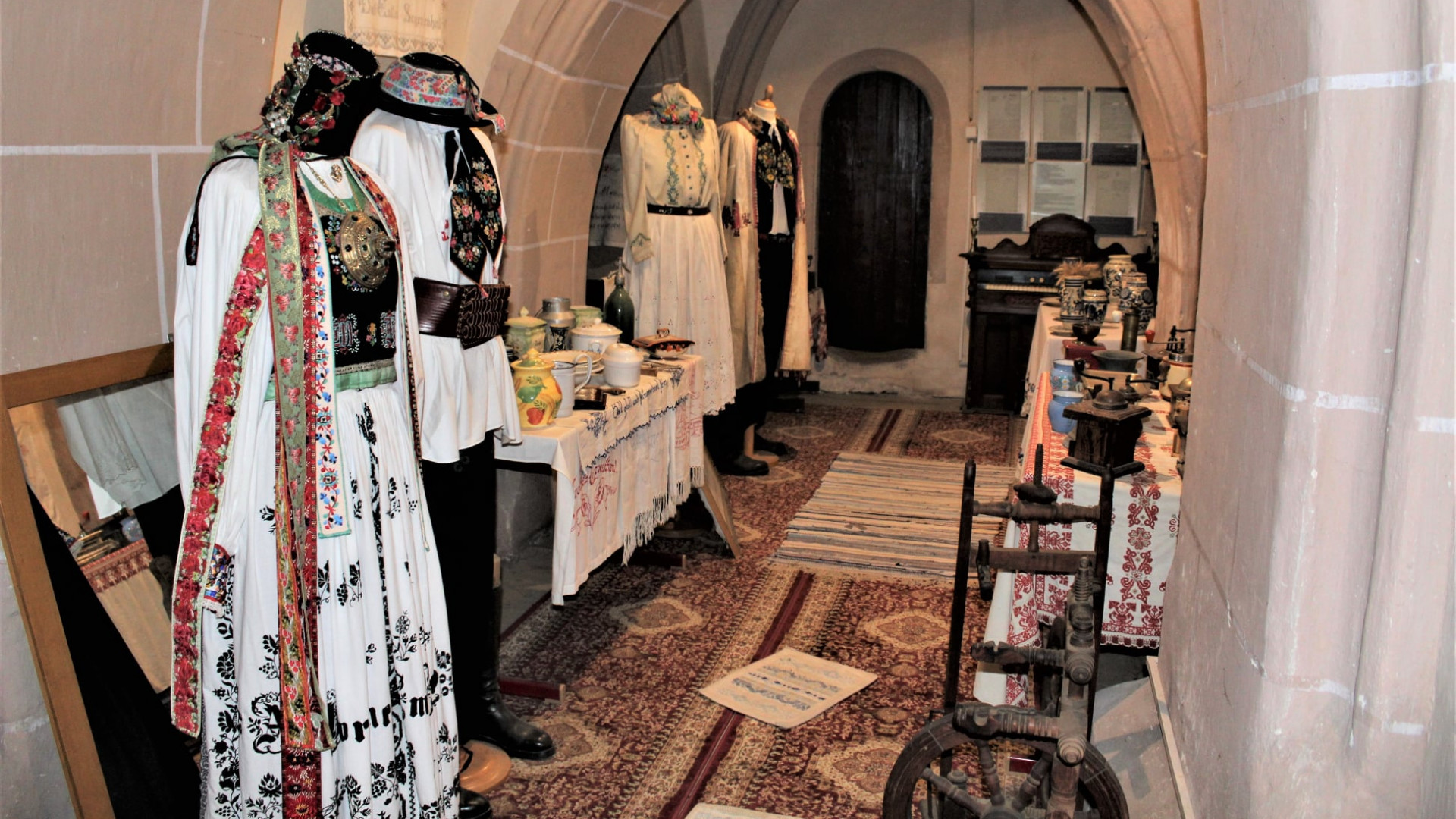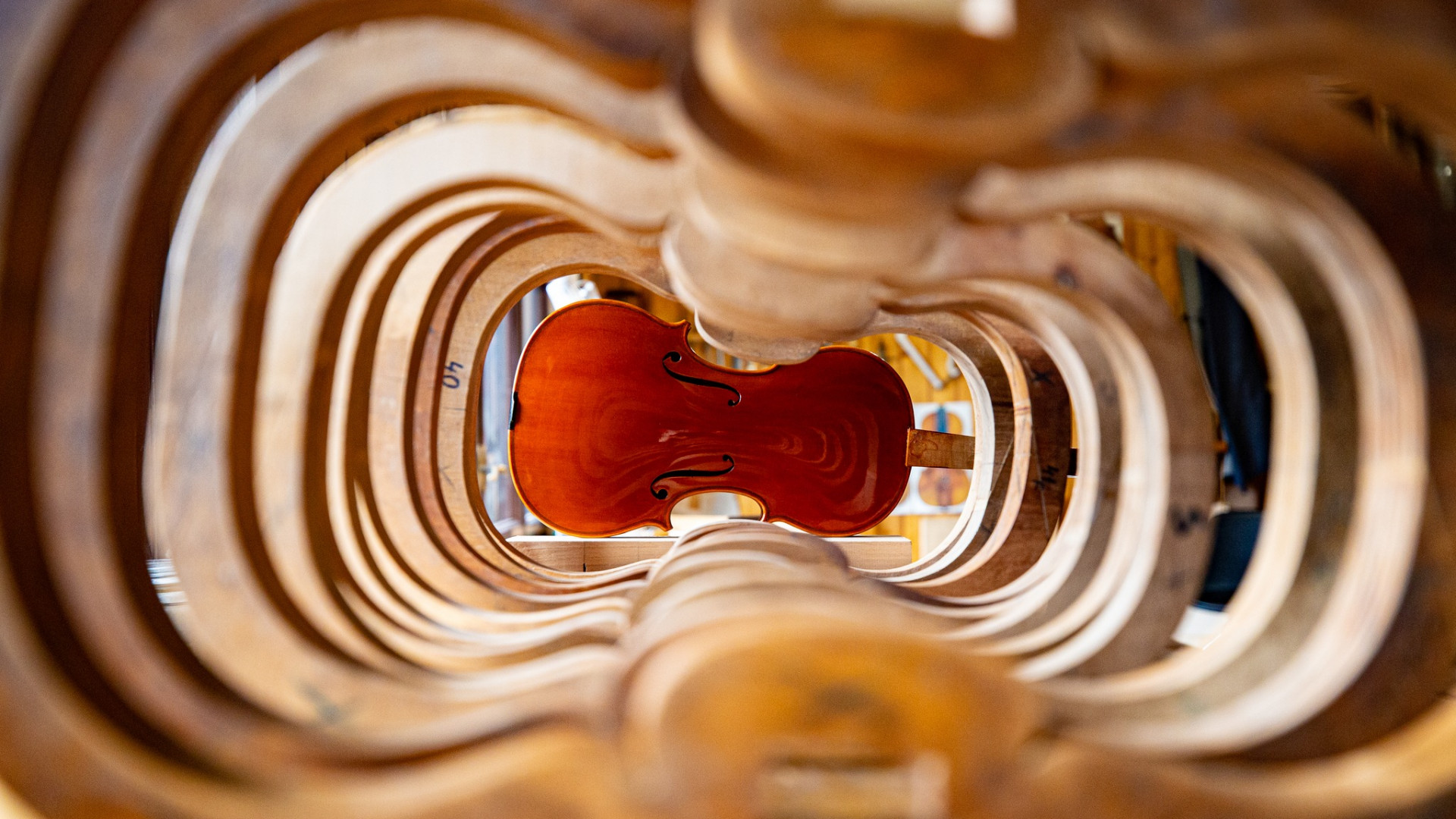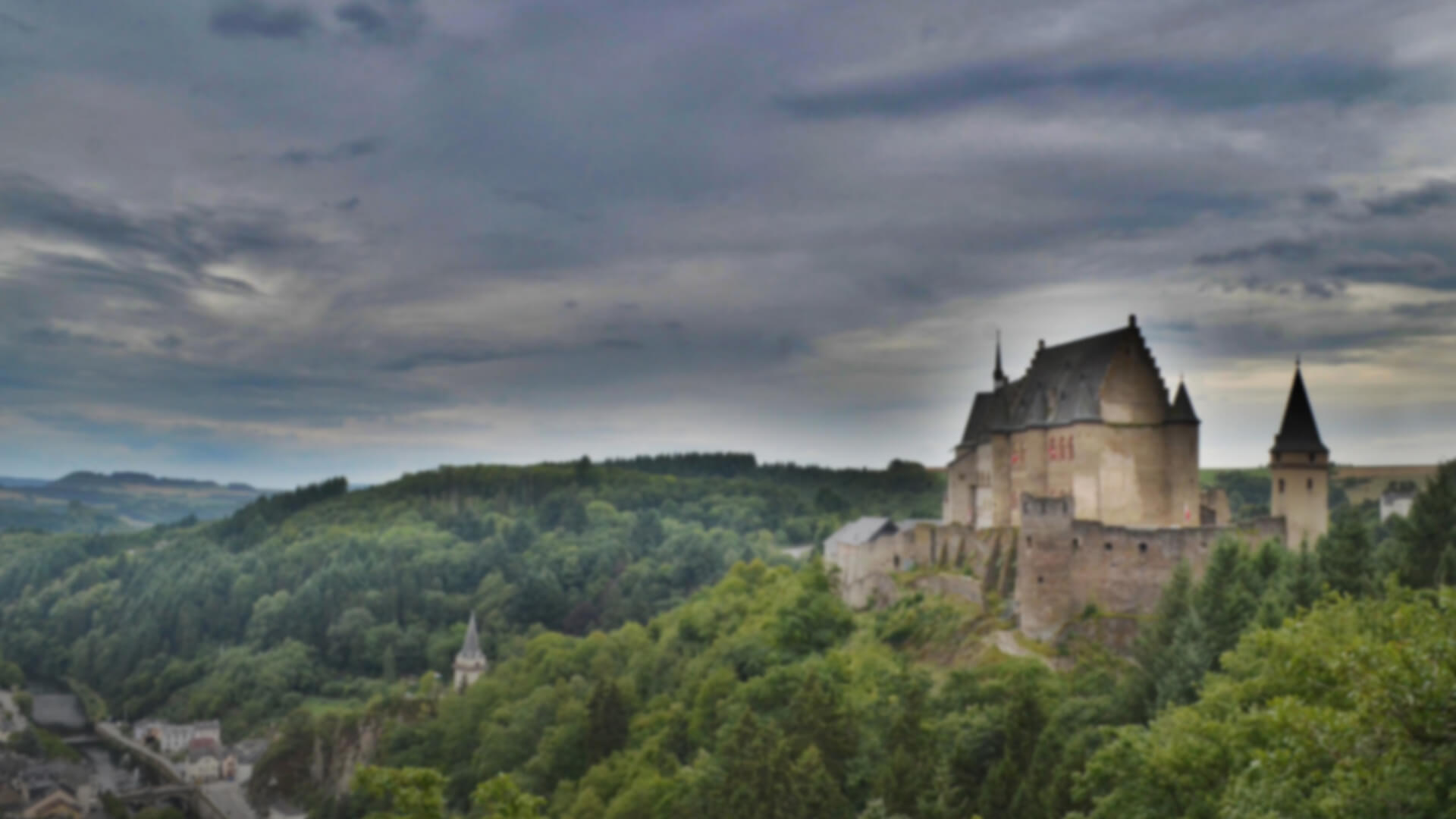Museums and galleries
16.png)
Anton Badea Ethnographic Museum - Reghin
The first exhibition was open at the museum in 1966 and was entitled „The popular art from the Gurghiu Valley”, followed in 1972 by another exhibition entitled „Tools and popular technique from the Upper Mures Valley and the Transylvanian Plain”, reorganized in 1991 with the same theme. The main exhibition was again reorganized in 2010, this time bearing the title „The dowry of the Mures village”, this being the fourth permanent exhibition in the museum’s 50 years of existence.Since its beginnings, the museum held 128 exhibitions and after 1991 temporary exhibitions were inaugurated, on different themes: icons, popular costumes, ceramic, customs, Romanian, Hungarian and Saxon culture.The outdoor exhibition hosts monuments of traditional architecture – the household from Hodac, the house from Calimanel and the Hungarian house from Gurghiu; also, the wooden church from Iara de Mures and popular technique installations – 2 water mills (one for flour and one for oil) and wine presses.The museum became, in time, a picturesque space, capable of offering to its visitors various cultural programs, in close relation with its patrimony or with the cultural area that’s being represented – the culture of the traditional village.VISITING HOURSMonday to Friday08.00 – 18.00Saturday – Sunday9.00 – 18.00
Learn more
The Saxons’ Museum - Reghin
Initially it was organised as a temporary exhibition for the 26th meeting of the Saxons in Transylvania, which took place in Reghin. In time, it became a permanent museum that recreates the life of the Saxons from Reghin and its surroundings through folk costumes that are over a hundred years old, various embroideries (tablecloths, traditional wall hangings), objects for domestic use, among which the old irons (called ticlăzaie) stand out, books and church objects. Among the most valuable exhibits in the museum are the New Testament printed in 1842 in German with Gothic letters, and the Old and New Testaments printed in 1859 after the translation of Martin Luther, but also a copy of official documents issued in 1863 by to the emperor Franz Joseph, when Reghin was granted the status of Free Royal Town. The museum is organised in the Evangelical Church in the city. Călărașilor street, 1
Learn more
Violin Manufacture
Reghin is also called "the city of violins", being the only city in the country where musical instruments with strings are made. Reghin has two musical instrument factories as well as many workshops where craftsmen still make violins, and major concert halls around the world are filled with the sound of the instruments made here. The production of musical instruments began in 1951, when the luthier Roman Boianciuc arrived in Reghin and set up a musical instrument department in the woodworking factory. This is still the only department of its kind in the country and the first musical instrument factory in town. However, the production of stringed musical instruments in Reghin is also closely related to the fact that nearby lies Lăpușna Forest, a nature reserve with resonance spruce wood, which is used for making musical instruments.
Learn more